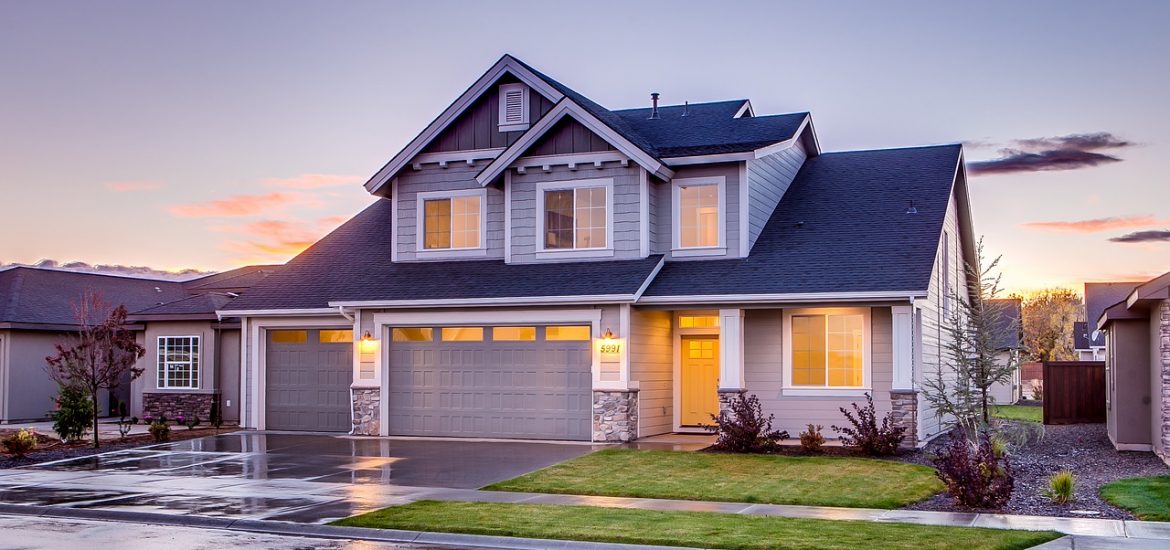There are plenty of cliches in the world about someone being your rock and foundation. That person could be your partner, your best friend or a family member. They’re always there for you and they are always someone to lean on.
While these people are incredibly important in your life, your house’s foundation and rock, is well…the foundation itself. Whenever builders start building a house, the first thing that physically put down is the foundation.
Without a solid foundation, the house will eventually begin to fall apart. Having the perfect color for your living room and those new windows are great, but nothing can be sustained without a solid foundation.
If you’re not sure when you need to have it looked at or repaired, you can follow these basic steps for ensuring your house’s safety.
What Causes Foundation Damage?
First things first, what are the causes of foundation damage? There are a multitude of reasons, but if you can check off on of these boxes or more you may want to start checking sooner rather than later.
If the house was built on expansive clay, the foundation may shift and show signs of cracking over a period of time. In addition, if the house was built on soils that were improperly compacted, that’s another sign that your foundation may have future difficulties.
Of course, there’s foundation’s natural enemy: water. This could either be from poor drainage in or around your house, or a leaky pipe below the house. If you’re seeing some leakage from the top floor, that’s going to be a different issue.
Look for tree roots that grow in too close to your house as well. Think of concrete sidewalks or roads where a big root has, over time, grown under and caused the concrete to shift and change.
Last but certainly not least, natural disasters. If you live in an area with lots of flooding or earthquakes, your foundation may be in more danger. Even long periods of drought can cause foundation problems. This tends to affect states in and around the midwest more than other states.
The Signs
You don’t have to call an expert to come out immediately to look at your house and you can do some cursory checks yourself. In fact, you may start to notice the signs while you’re inside your fancy new living room. Check out any cracks along the floor or seeing if your floor is uneven.
Look to your doors to see if there’s a bit more separation from your door and the frame than before. If you’re not sure, try putting some coins or folded pieces of paper in there over the course of a few weeks and track how much you can fit in the empty space. You can also check for warped floors, significant wall cracks and doors that don’t close like before.
Once you walk outside, check to see cracks in the foundation, cracked exterior walls or if your walls have slightly rotated.
If you have a basement, you can get a better idea of your foundation since you can see what’s going on at the base of your house without having to venture into the crawlspace and seek out the root of the issue.
Not all cracks are bad and some are just the house naturally settling. If they are wider than an eighth of an inch though, it’s time to call an expert. Cracks that are horizontal and jut out around 45 degrees are also a big warning sign.
Calling an Expert
When it comes to DIY stuff, there is plenty you can do on your own. Foundation repair is not one of them. If you’re seeing a number of those signs in and around your house, it’s time to call a foundation repair company and have them come out and take a look.
Left untouched, your foundation can lead to more and more problems that just become more expensive overtime. Foundation repair can range anywhere from just under $1,000 to over $10,000 depending on the type of repair needed. Cracks could have come from a plumbing issue, so be sure and have the expert look over everything.
Even though it may be pricey, it’s better than having to shell out a ton of money later down the road. Think of it like preventative healthcare for your home.

